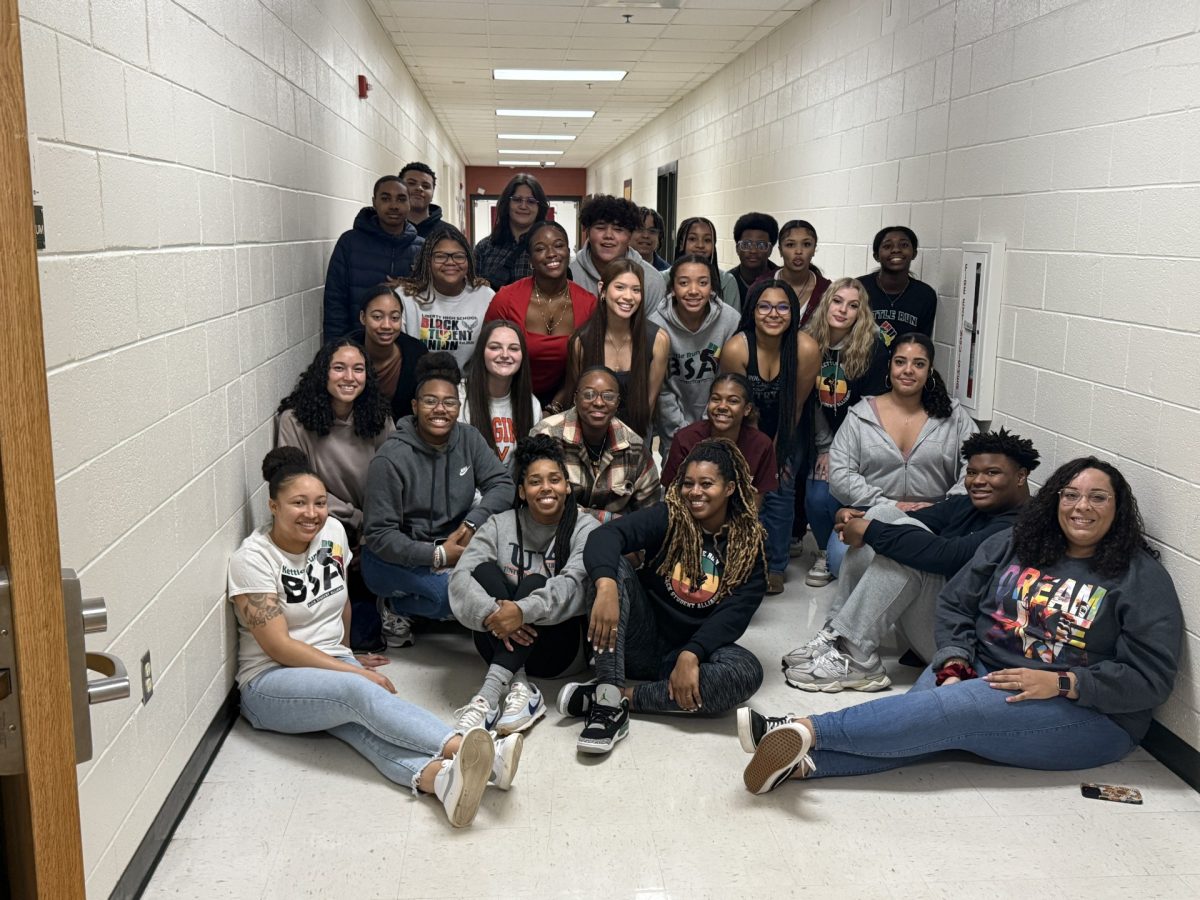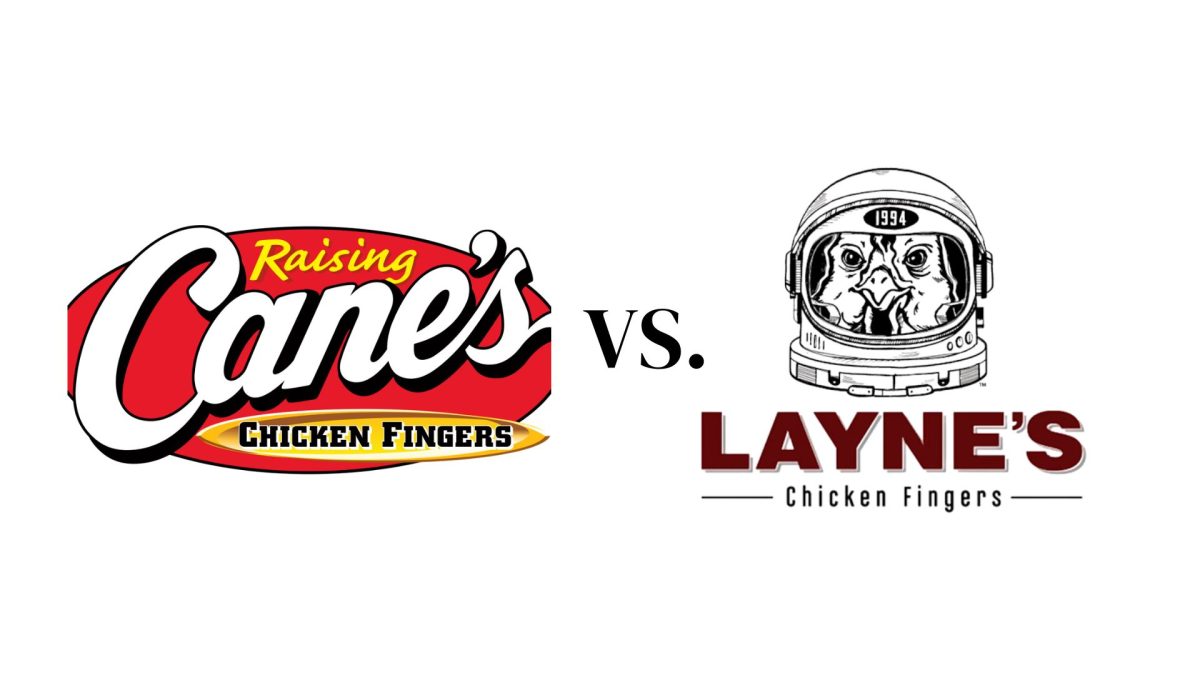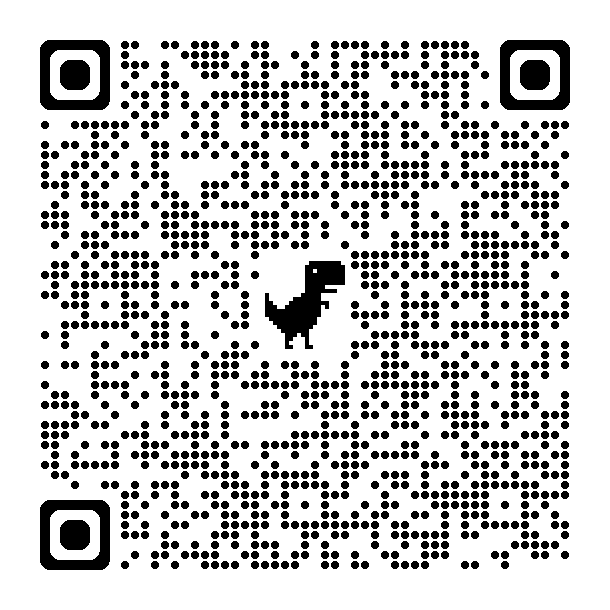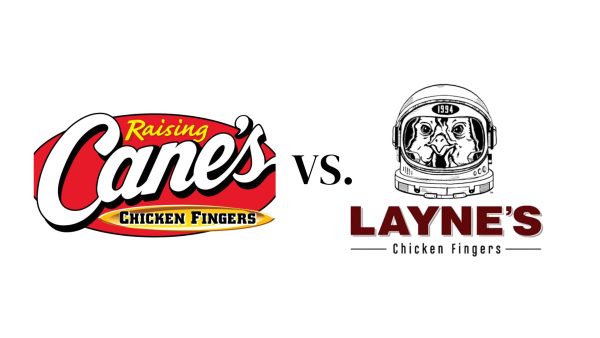The Cons of Cougar Time
The numerous disadvantages to the new study block
As an attempt at remediation, the Cougar Block has taken more time for students to adjust to than it has reviewing material.
Administration has reintroduced the Cougar Block in an effort to build in time for students to look over old material or get help preparing for SOLs. T
he rules are simple: for 45 minutes teachers are not allowed to teach new material, but they can review with their students, and give work, as long as it covers old material. “
For anyone who has a D or an F, it’s a time for them to get remediation in that class,” Publications Adviser Shelly Norden said. “It’s also a time to give students extra help to pass their SOL.”
These students are allowed to go to the class they need to be re-mediated in, but for students who have a B or a C, they are not allowed to leave their Cougar Block, even if they want or need extra help in another class.
For some students, when they don’t understand material, it is reflected in their grades, but some of us can bluff through tests and come out the other side with an A or B. Students who are able to do this are still in need of more instruction or one-on-one time with teachers, it’s just not reflected in their grades. That’s the issue with this new system–it only helps students who are actively failing a class. Why are we waiting until a student is failing the class to intervene?
The intervention should happen when a teacher notices a student is flunking out in tests, skipping out on homework, or not participating in class. Then the intervention should happen as to prevent a student from failing a class, and in turn, most likely failing the SOL.
The other thing that needs to change is students who have an A, B, or C in a class and feel that they are confused on material or can see their test grades slipping but are not meeting the minimum grade requirement to get into remediation. These students should be allowed to attend remediation in the class they feel they are struggling in. This way students are able to take the initiative in their own education as well as holding teachers accountable for re-mediating their students.
Administration put this system into effect because after-school SOL remediation wasn’t improving scores due to students not showing up for their designated remediation time. The system is supposed to be students sitting in a classroom interacting with a teacher reviewing material in preparation for SOLs. But in my experience, this is how it actually goes: we go to class for a shorter amount of time, the bell for Cougar Block rings, and we move on. Once we enter our Cougar Block, we sit in the classroom doing worksheets given to us by the teacher or work on homework from other classes.
In some instances, teachers do not give us an opportunity to finish homework, or swamp us in classwork, thus making us unable to finish homework. FHS sends its students to homeroom in the middle of the day. For 45 minutes, students are able to do homework and get remediation help. FHS calls its equivalent of the Cougar Block, advisory. It’s an everyday occurrence for the students. FHS Principal and former Kettle Run assistant principal Clarence Burton started the program in the 2013-2014 school year.
“It’s not really about test scores,” said Burton. “At the very worst, it’s a study hall for students, and at best, it gives students the opportunity to work with teachers one on one. We use this time to have class meetings and assemblies.”
Although it was not started to improve test scores, Burton said they did see a jump in math scores the first year. The Cougar Block is not all bad, there are effective elements. The problem is it isn’t effective for all students. Eventually transitioning to a system similiar to that of FHS might be the way to go. This system allows all students to receive the help they need.


























